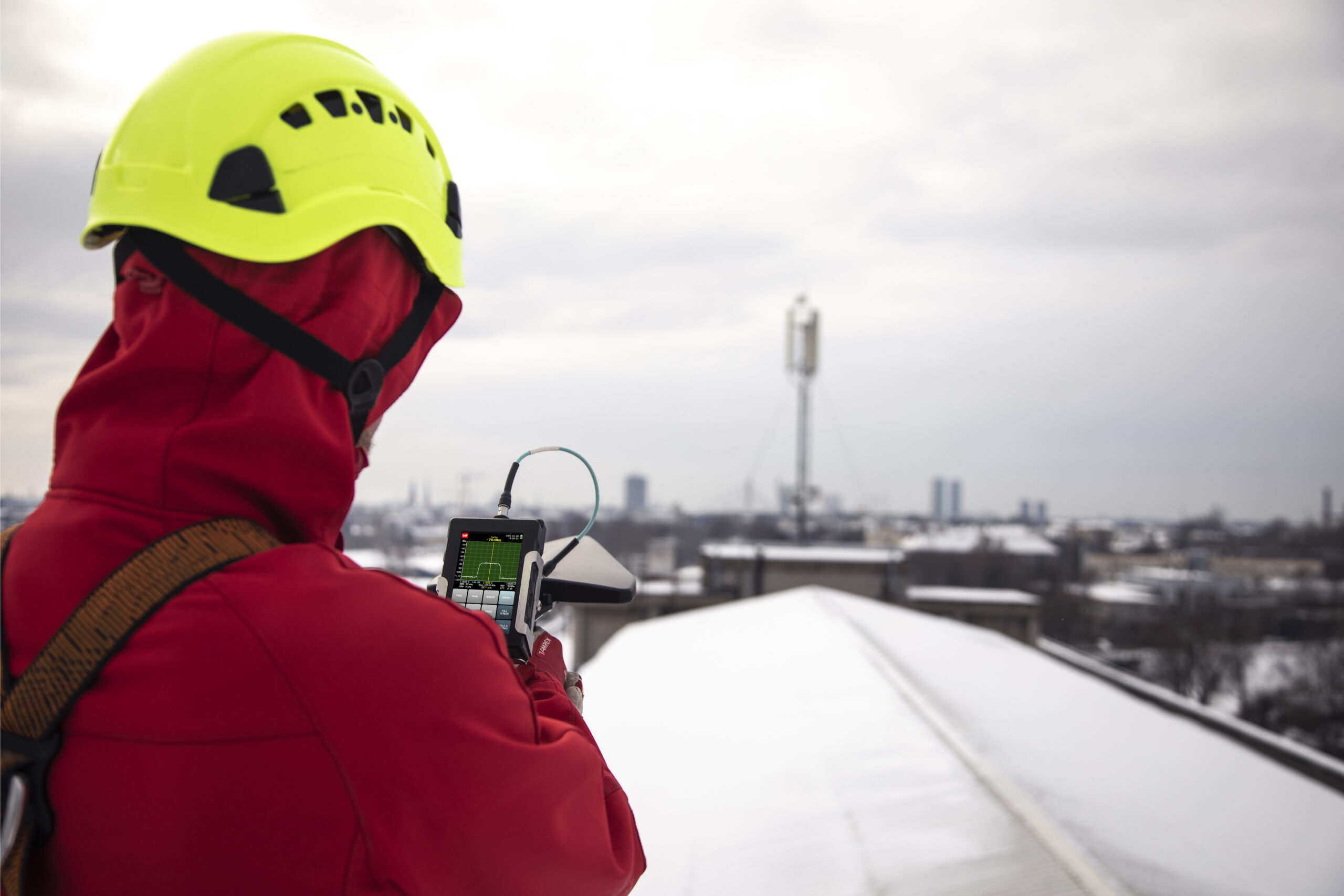

The electromagnetic spectrum (EMS) is employed for communication, radar, electronic warfare, intelligence gathering, and much more. EMSO ensures that a military can operate effectively and influence the electromagnetic environment of other entities. Frontline operators using handheld spectrum analyzers could provide continual vigilance against unfriendly units…

Spectrum analyzer for seamless broadcasting maintenance. Ensuring uninterrupted signal, high-quality broadcasts, and regulatory compliance doesn’t get easier than with Spectrum Compact. Reliable, efficient, and cost-effective, Spectrum Compact RF spectrum analyzers are essential tools for every broadcasting technician.
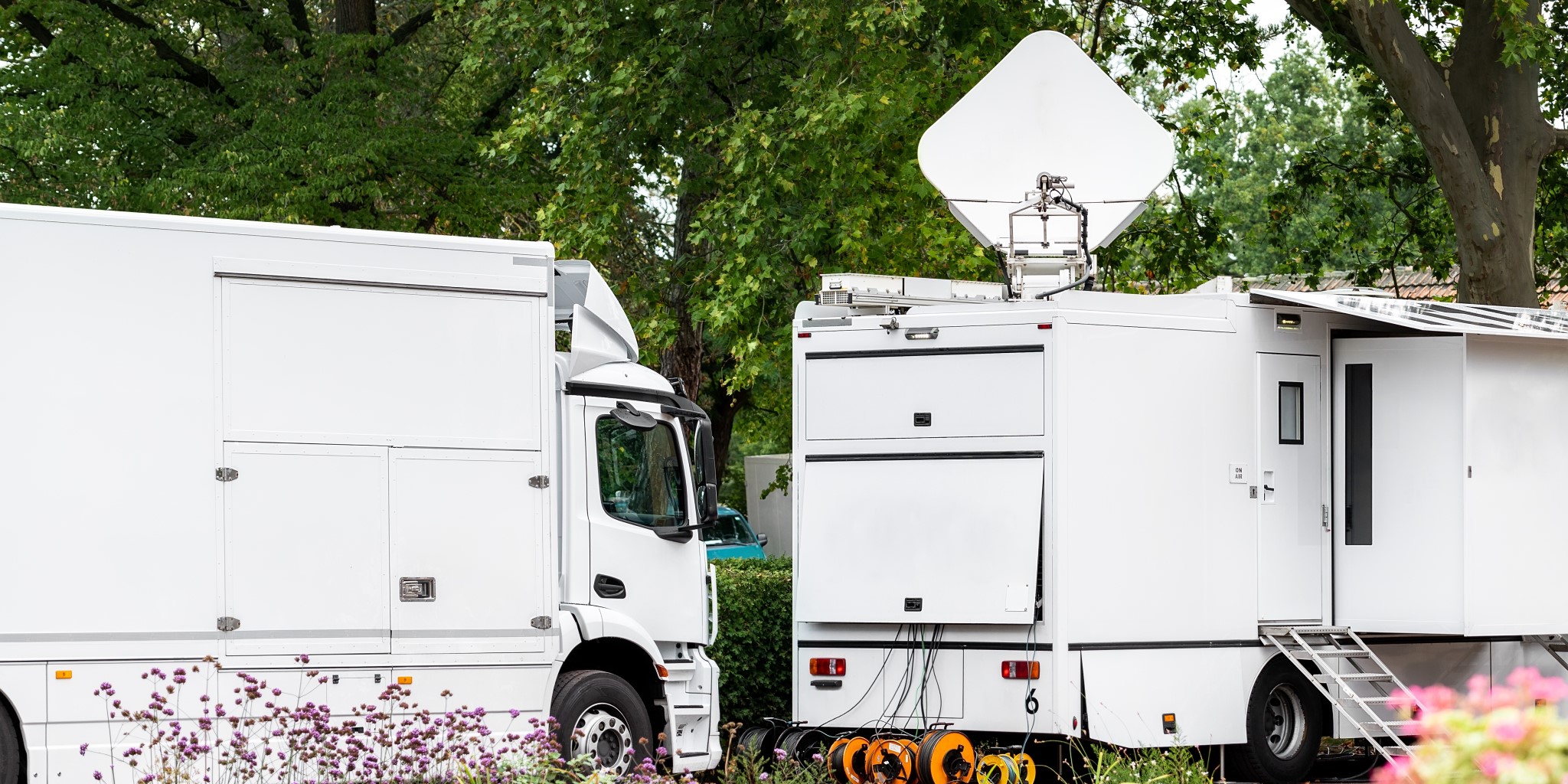
As mobile wireless networks become more complex and rooftops and towers become more crowded the possibility of external PIM dramatically increases. Spectrum Compact truly handheld PIM Hunting Kit helps quickly identify site-specific signal degradation due to external PIM (passive intermodulation). The kit includes a handheld spectrum analyzer, PIM test probe, RF filter set, and dedicated firmware with zero-span and audio indication. Monitoring the audible and visual indications the test technician efficiently pinpoints the external PIM source.
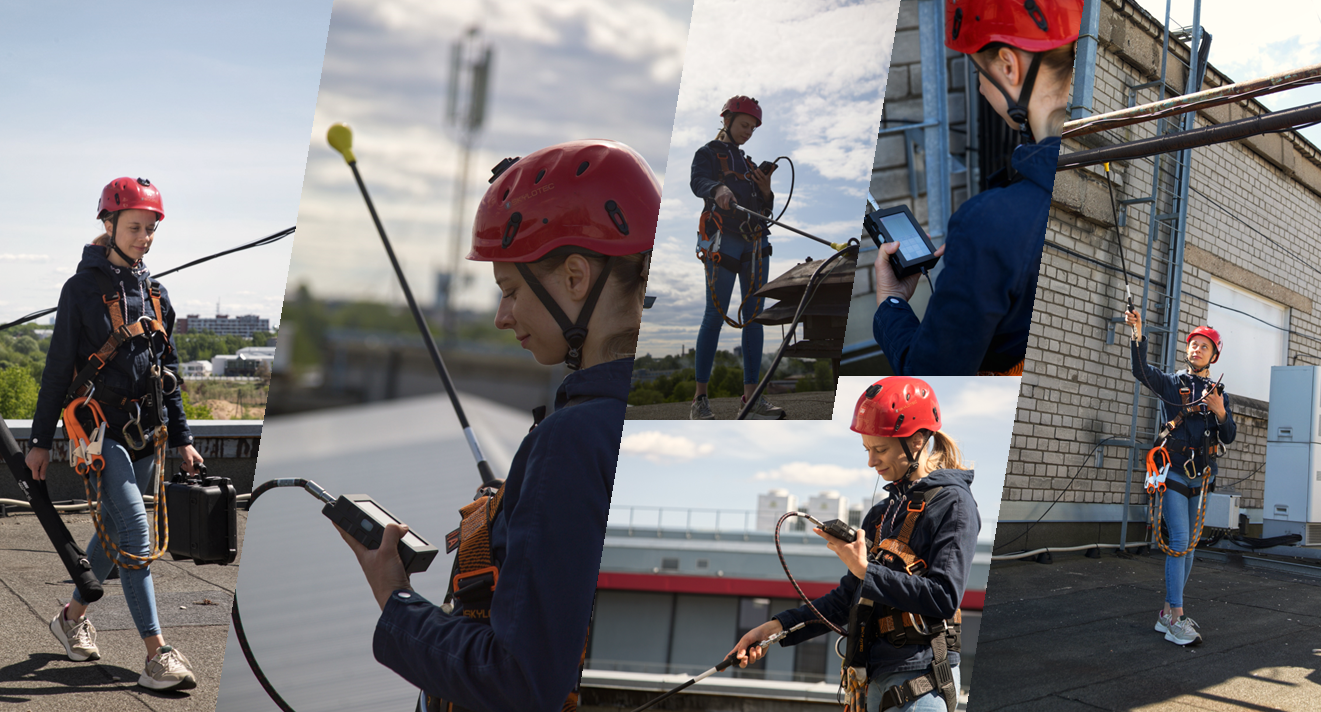
Using Spectrum Compact offers technicians an added level of confidence to make informed decisions about radar replacements. By analyzing radar signals and patterns, technicians can save resources and avoid expensive and unnecessary replacements and repairs.
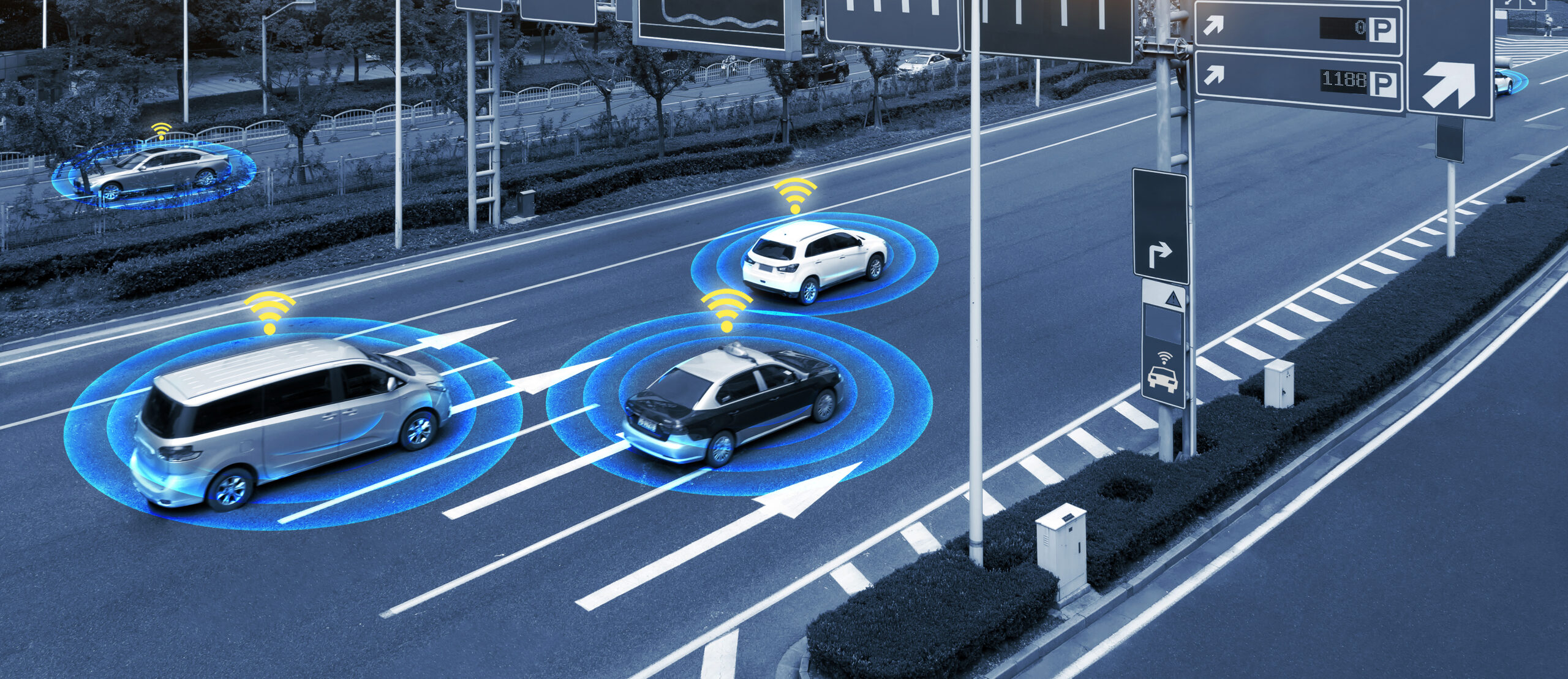
Modern-day utility services rely on radio communications more than ever. Ensure the strength and precision of your communication networks with Spectrum Compact spectrum analyzer – a tool powerful enough to detect even the weakest signals and simple enough for anyone to use. Ultra-compact, lightweight, intuitive, and affordable, the Spectrum Compact will save you a lot of time and energy in RF field testing.
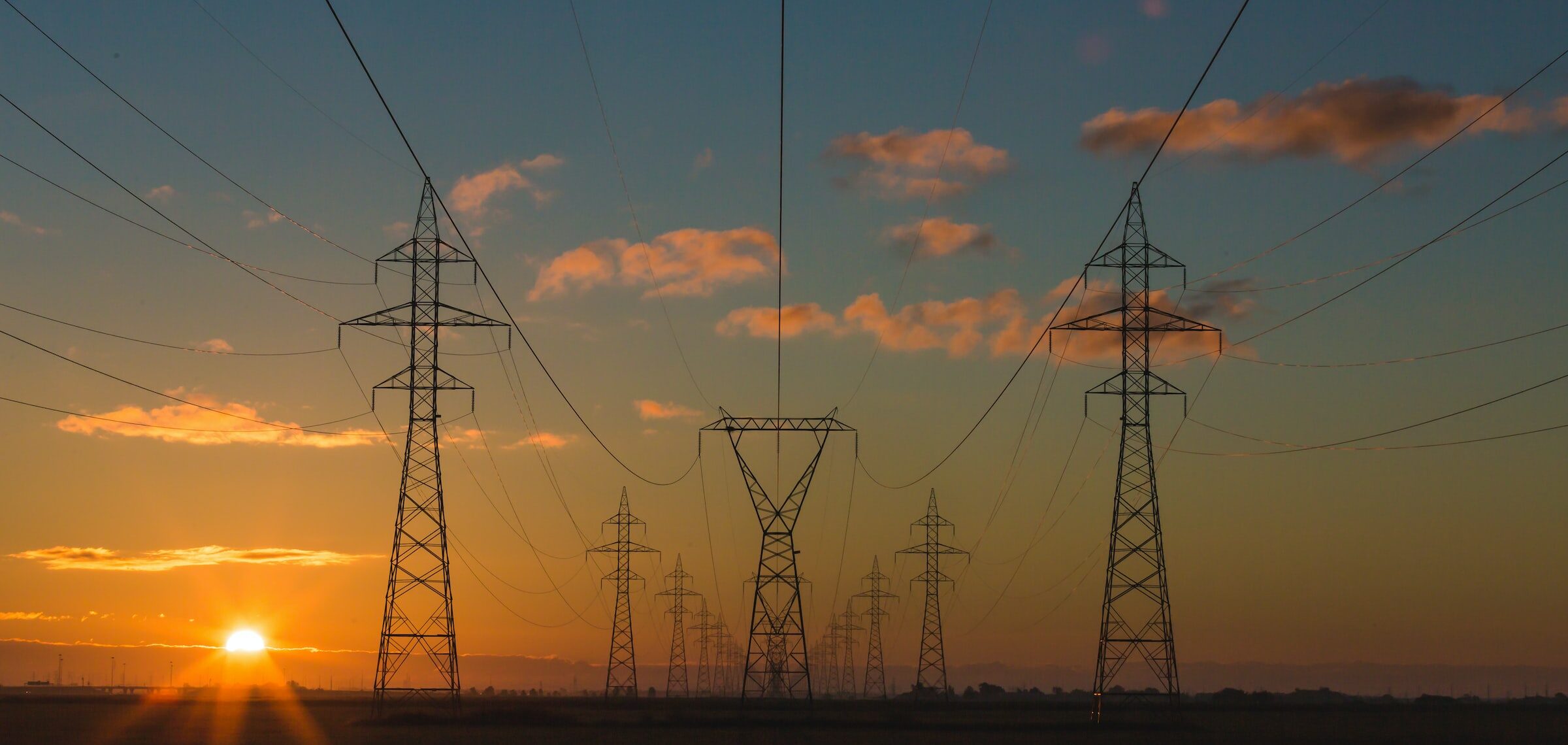
For decades carriers have operated in frequencies that range from 0.6 to 2.7 GHz. The propagation characteristics of these signals are well known, and in all but the toughest issues network quality of service can be managed remotely from a network operations center (NOC).

Commercial drones are changing the way cell tower companies audit and inspect their wireless infrastructure. They enable rapid, repeatable, and safe collection of high-resolution images and video of tower structures and equipment.
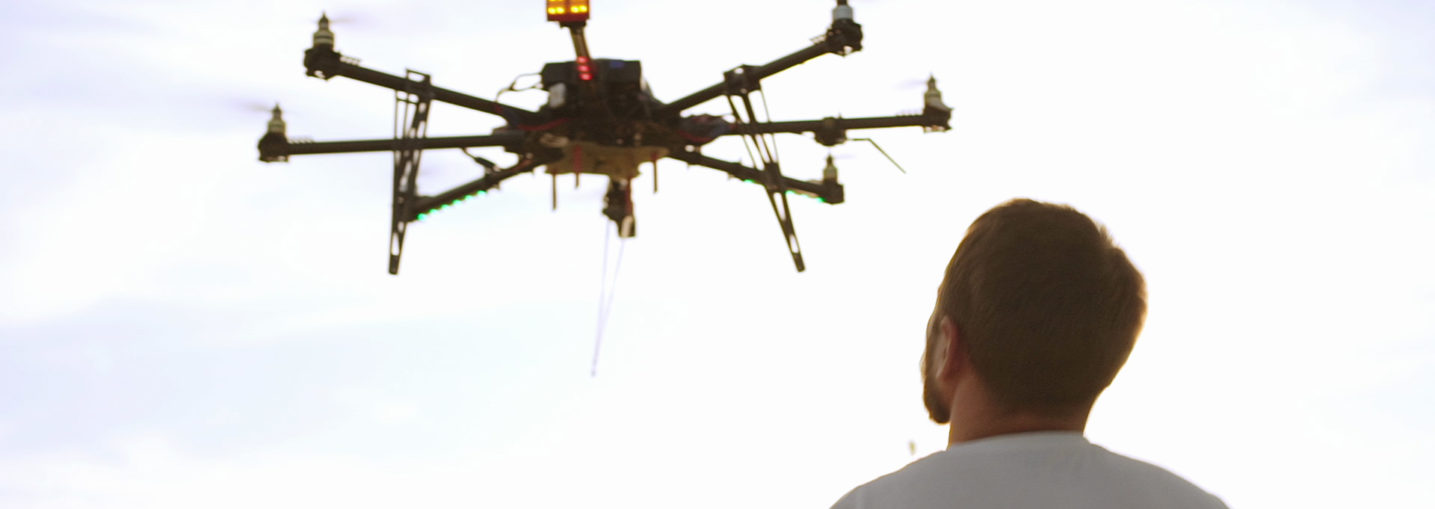
Spectrum Compact is the ultimate solution for site auditing from the ground level
SC users are often surprised, how easy it is to do site audits with the SC, to verify installed base of radios and if license conditions are met. It is done from the ground level by pointing a sensor antenna towards antennas on the tower. No need to climb towers or use bulky laboratory-grade equipment.
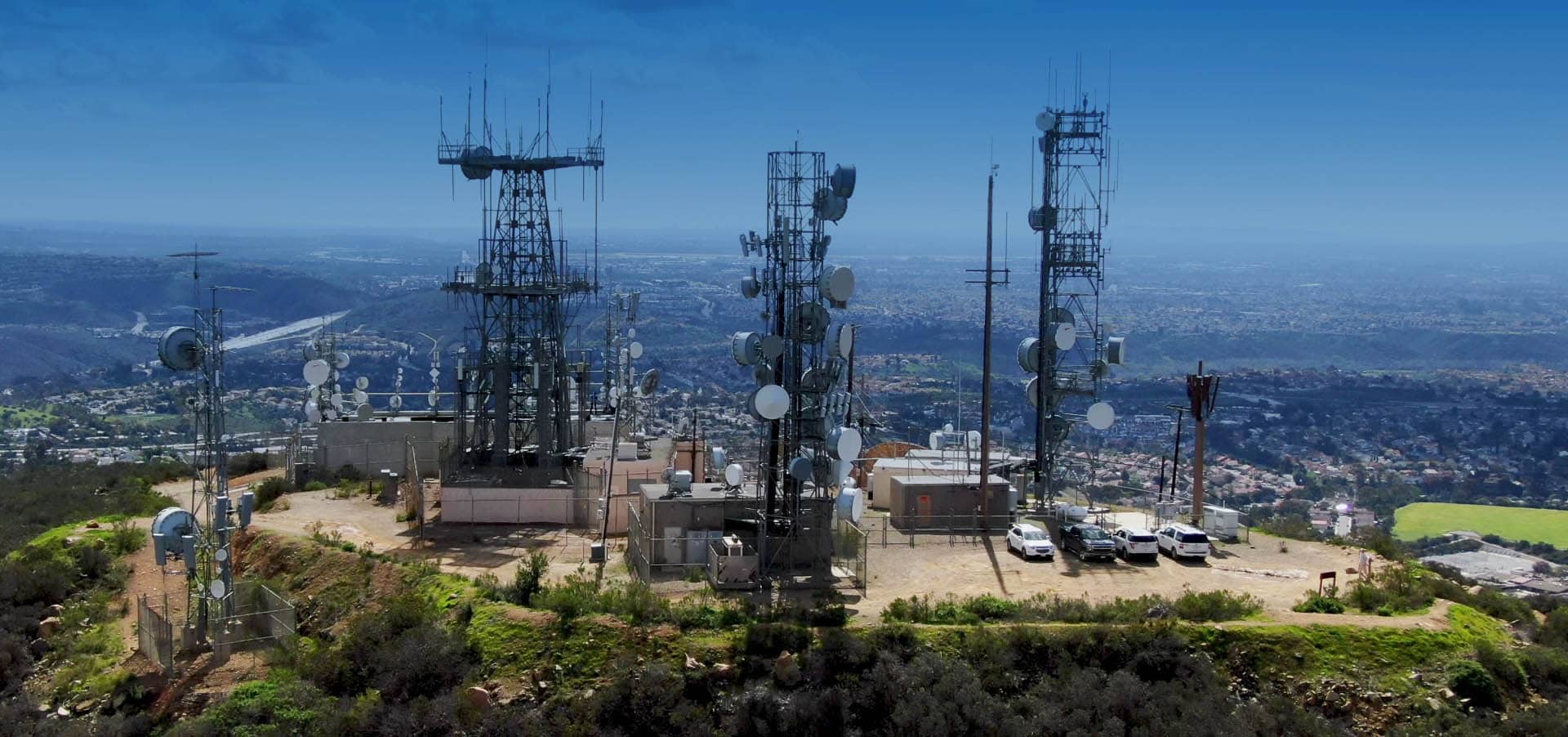
The demand for seamless connectivity across all platforms continues to grow. Consumers want to be able to take calls, video chat, and stream music wherever they are, sometimes simultaneously. While providing this bandwidth in an outdoor context has its own set of challenges, ensuring in-building coverage is even trickier with all the varying materials and indoor topography. DAS (Distributed Antenna Systems) is mainly used for densely populated areas – shopping malls, stadiums, large office, government buildings, etc. All these locations require even distribution of network coverage.
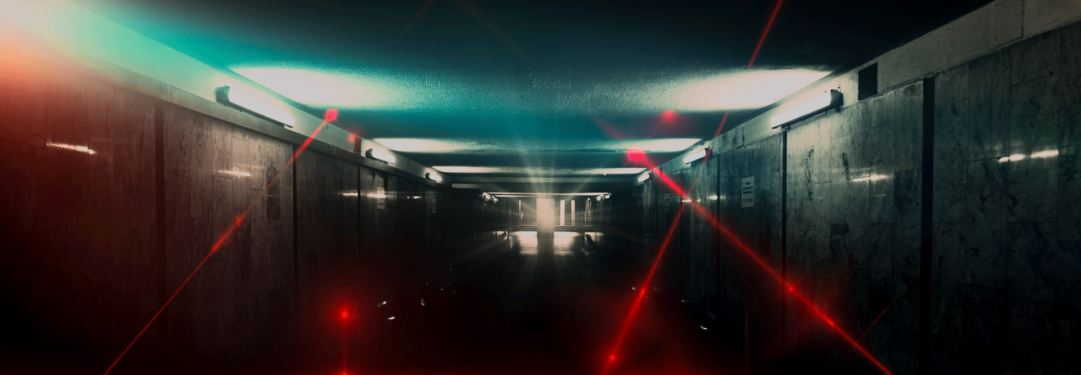
In the past two decades, there has been a significant shift the satellite communications industry. The small sat and cube sat revolutions continue to drive down infrastructure costs. The vast amounts of data being generated by “smart” devices in the Maritime, Land, and Energy sectors require reliable links to monitor and maintain critical infrastructure. For Disaster-Recovery, reliable communication is even more important as communities need to be brought back on line and lives can be at stake. These systems are often deployed in harsh and challenging environments, adding to the difficulty of operatoring these critical communications links.

